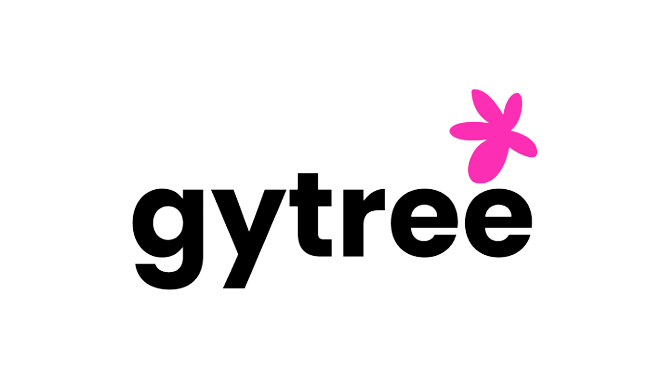In a country like India, where the spectrum of nutrition knowledge and awareness varies significantly, addressing malnutrition, especially anaemia, has become more important than ever. The Indian Government, taking steps in the right direction, has launched the "Anaemia Mukt Bharat" (Anaemia-Free India) mission. This initiative aims to increase access to iron, particularly for women who are the most impacted demographic.
Understanding the severity of the problem is your first step. Anaemia, a medical condition marked by insufficient red blood cells or hemoglobin in the body, can lead to severe health problems. Without enough of these cells, your body cannot get the amount of oxygen it needs to function properly. According to the World Health Organisation, anaemia affects 1.62 billion people worldwide and in India, it's hitting our women the hardest, with more than 50% of Indian women between 15-49 years old suffering from this condition.
"Anaemia Mukt Bharat's purpose is to reduce the prevalence of anaemia by 3 percent per year among children, adolescent girls, and women in the reproductive age group, boys and girls aged 5-9 years, and pregnant women," according to a government plan document.
The plan to achieve this seemingly big task relies heavily on strategies to improve nutrition for everyone and increase their iron intake. Let's delve into the specifics of how the government seeks to make an anaemia-free India a reality. Stay with us as we discuss the implementation plan, and how it can affect the health and well-being of millions of women.
Women are looking for convenient and easy to eat iron supplements such as these gummies. Current market options are capsules, injections that have led to digestion issues for women. Pectin based gummies are very popular because they do not lead to constipation and are easy and delicious to eat.

How does anaemia impact Indian women?
Imagine feeling frequently fatigued, even when carrying out basic, everyday activities. That's one of the common signs of anaemia, a condition affecting a staggering number of women in India. According to the National Family Health Survey, more than half of reproductive-aged women in the country are anaemic. That's a serious public health issue, affecting the quality of life, productivity, and overall well-being of these women.
Anaemia occurs when the blood lacks enough healthy red blood cells or hemoglobin, a main part of red blood cells that binds oxygen. This means that less oxygen reaches your tissue and muscles, impairing their function and leading to fatigue.
But why is anaemia so widespread among women in India? Well, several factors contribute to this. A significant one is the reproductive biology of women. Due to menstruation, women lose blood each month. If this is not compensated by a nutritious diet that is rich in iron, it may lead to anaemia. Furthermore, the dietary patterns in India, often lacking in sufficient iron and other vital nutrients, play a significant role in this grim scenario.
That being said, let's not lose hope. The remarkable Anaemia Mukt Bharat mission is working tirelessly to address this pressing issue. This mission aims to provide an easy solution for ensuring sufficient iron intake for women. How so, you ask? We'll delve into that exciting topic in the following section.

